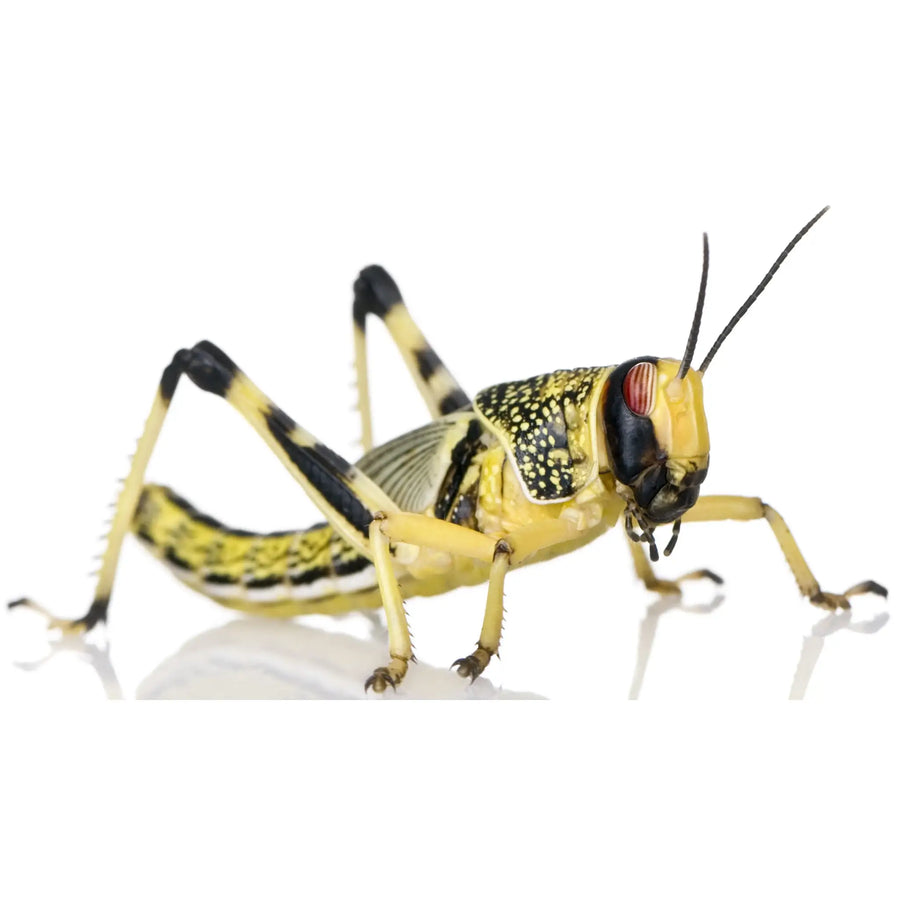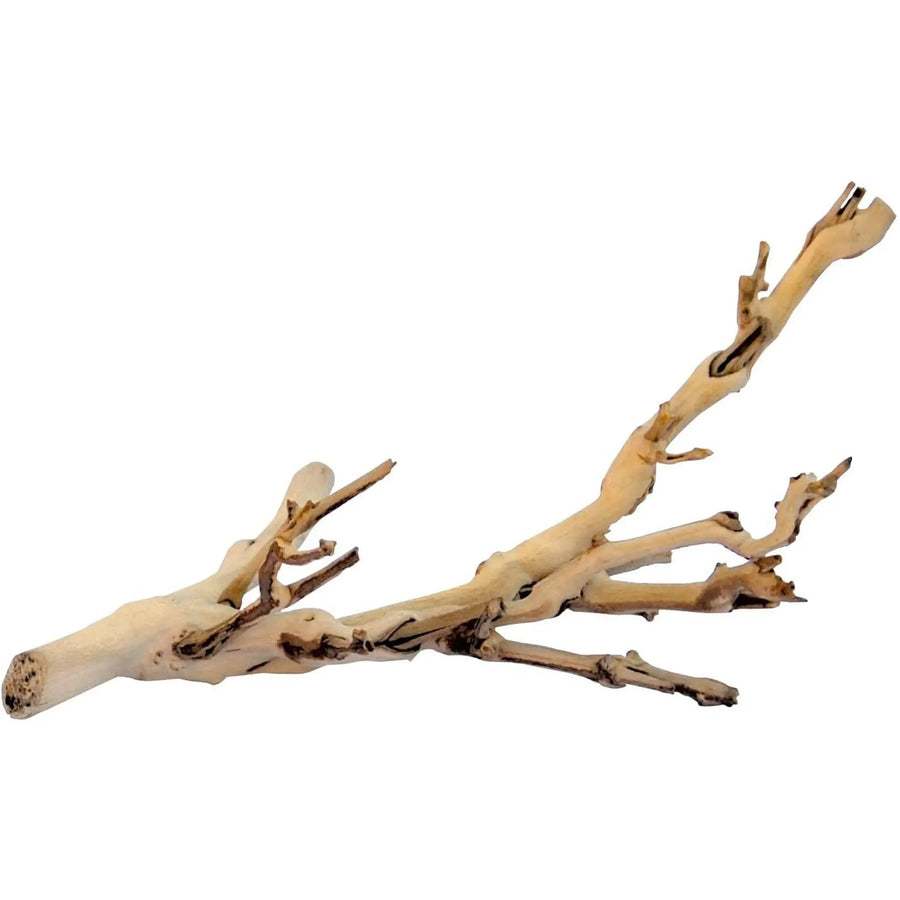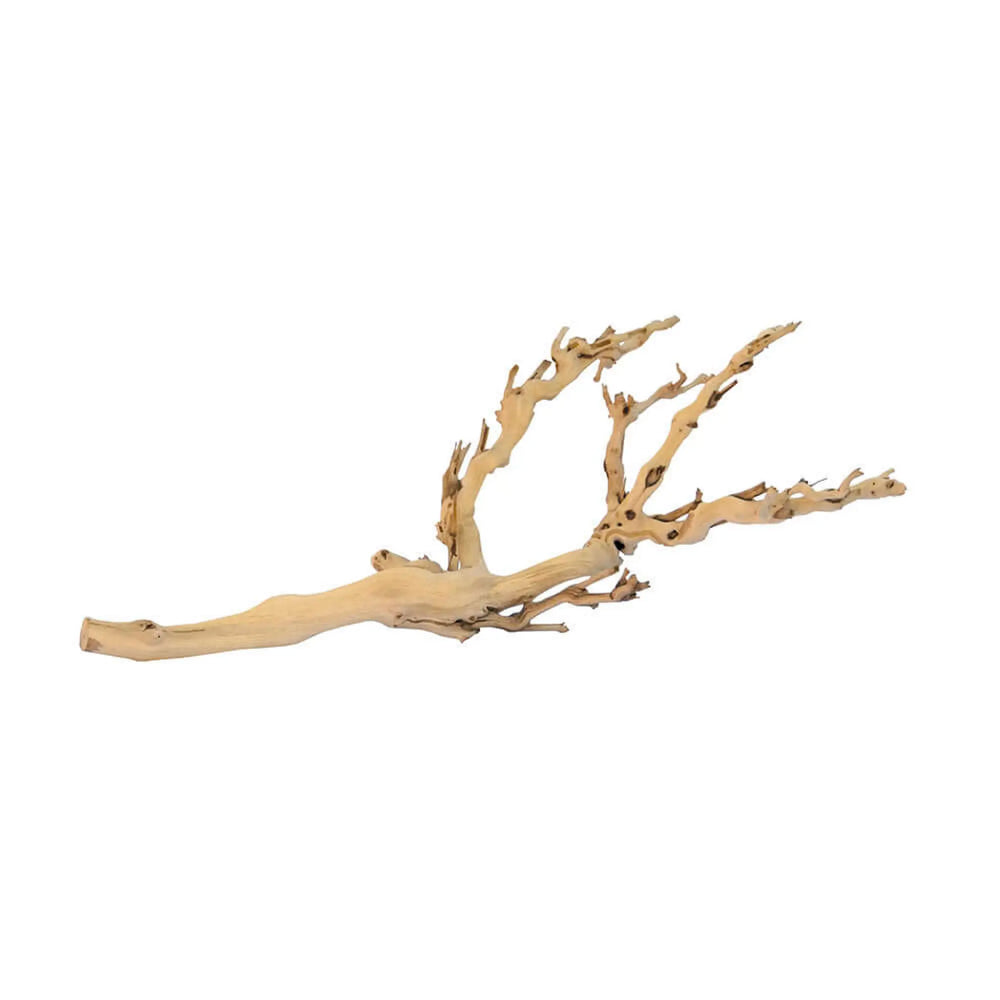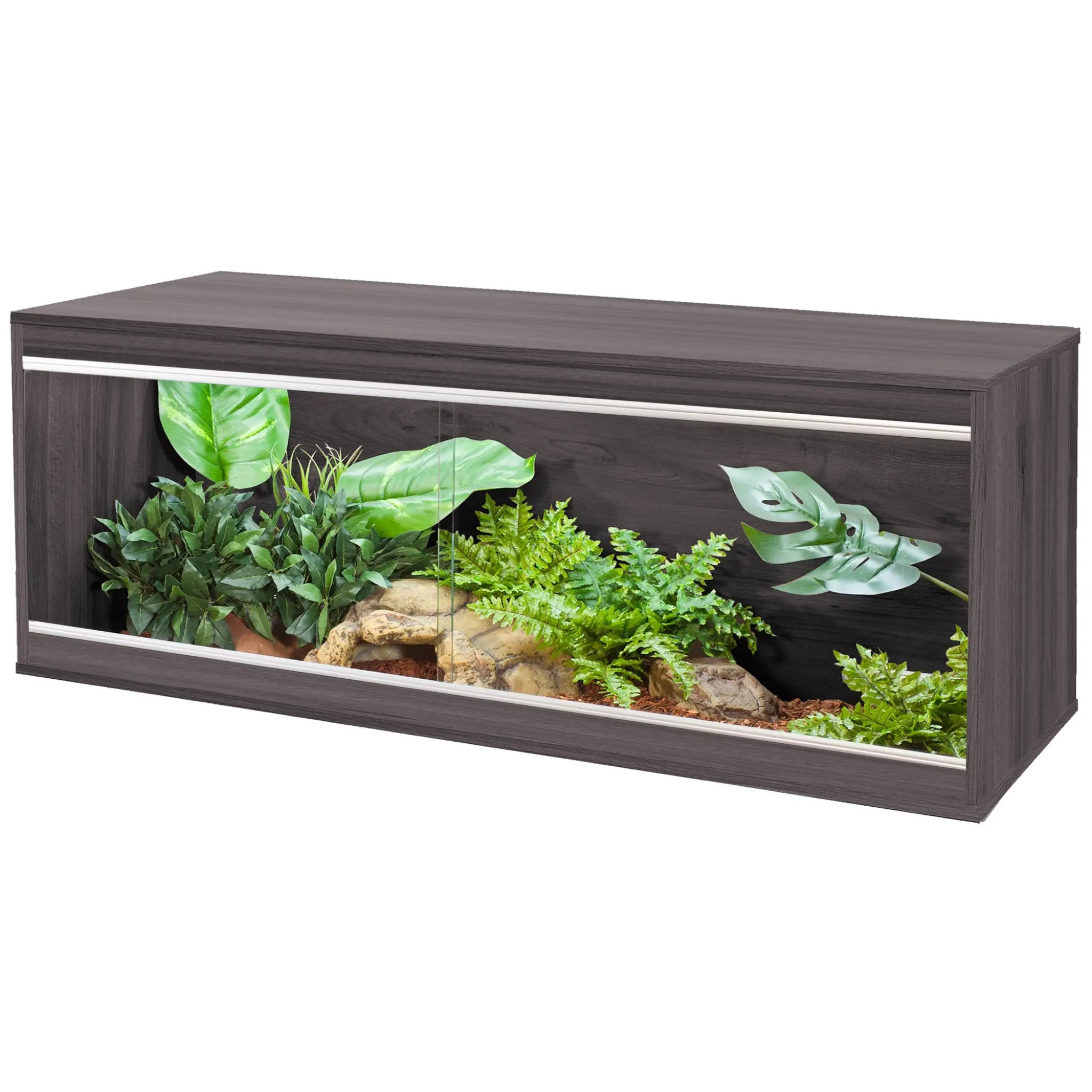
Why Is Feeder Variety Important?
This blog has been republished from original content created at The Reptile Networks by Peter Hawkins.
“
Mealworms, and that was it. Just mealworms.
You may hear my bang on about livefood variety in my posts, articles, and Facebook groups. And I’m sure many just roll their eyes and scoff at my droning on about the subject.
But why am I so passionate about such?
Let me tell you a story……
Once Upon a Time
So back when I had my first bearded dragon in the 1980s, what food was to be given to this beast was pretty much a mystery. I myself went with what I was told by the shop owner at the time, who was amazing I might add (long since passed away). And his knowledge I took as “all-knowing”, as I was a young 13/14-year-old lad with a passion for this dinosaur-like creature this shop owner entrusted to me.  Vai – One of my Chameleons eating a black cricket
Vai – One of my Chameleons eating a black cricket
So what was this dragon fed?
Mealworms and that was it. Just mealworms. And I remember the owner telling me he was importing them from Holland, which I thought was so cool. Dunno why, haha!
Anyway, this was the only live food available. No crickets. Roaches. Locust. Nothing. No big pet chain stores to order from. No internet. Nothing. So I knew no different.
I had that dragon for about 4 years. I have no idea of its actual age. But by memory, I’d say it was a juvenile when I took it on.
So that means It survived on mealworms alone. No UVB. A heat bulb with no thermostat or thermometer of worth (stick on fish-tank strip thing). And a woefully inadequate tank size going by today’s superior standards.
I have no idea how it even survived that long, to be honest. And as for its death. I just come downstairs, and he was stiff as a board in the corner. No visual signs of illness that I remember. But that was 30 years ago.
Fast forward to just 10 years after that, the mid-1990s, and the knowledge was growing. I was attending reptile related meetings across the country, set up in public halls via adverts in newspapers etc.
‘Reptile clubs’ I guess is what they were properly called.
Here we would discuss the needs of various species (if I remember correctly, I had another dragon and a Garter snake Thamnophis sirtalisat the time). Exchange numbers. Keeping tips. Equipment. And here is where I started getting different feeders for my animals.
Other keepers were breeding their own feeders. Crickets. Worms. Flies. Spiders. Mantis. Stick Insects. Rats and mice, and even fish (I was feeding my Garter just whitebait for years, too). And these were offspring from wild-caught bugs. Wild-caught bugs were something I started doing at home, locally, all for variety, and have done still to this day.
And with this addition of a wider variety, animals in these meetings were living longer. Of course, UVB of sorts was now being used. As well as dimming plugs on bulbs. And not to mention, vital captive care requirement/information due to research.
So fast forward to 2020
Another common “excuse” is, “crickets are full of parasites, so i don’t feed them at all”.
I still see keepers in my groups feeding just dubia roaches for example. And when questioned, I get the common answer of “well 1 dubia = 4 crickets, so they are better”.
Firstly, this is incorrect. Depending on which nutritional sheet you look at [1], you’ll see that dubia have around 7% or 8% more protein than a cricket.
But with that, around 5% more fat than the standard brown/silent cricket.
Hardly 4x better is it
Another common “excuse” is, “crickets are full of parasites, so I don’t feed them at all”.
Again, a nonsense answer.
 Crickets are the worlds most popular live food for bug-eating reptile and amphibian keepers. So statistically, any parasite issue with the animal will of course point to the cricket.
Crickets are the worlds most popular live food for bug-eating reptile and amphibian keepers. So statistically, any parasite issue with the animal will of course point to the cricket.
But realistically, they have just as much risk as any other feeder for carrying a parasite.
99% of it comes from how that keeper stores and cares for their live food.
A clean healthy environment with plenty of space (that is vital), with daily cleaning and food changes = zero smell and minimal risk of issues. And far less dead, too.
So what’s all this have to do with variety?
It’s no coincidence that with the introduction of a wider variety of feeders becoming available to myself for my animals when growing up, along with the introduction of UVB, proper heat etc, that these reptiles were living longer healthier lives.
So It frustrates the hell out of me seeing keepers preaching information that belongs back in the 1980s. I mean, care HAS evolved 40 years since then. Get with the program. It’s not as if the information isn’t available to all.
And there is definitely zero excuses to not have a varied diet with mail-order bug supplies at your fingertips and delivered to your door.
Replicate. Emulate. Stimulate.
You honestly don’t think a wild Corn Snake for example will only consume rats or mice do you?.
As per my motto above, we must try to the best of our ability, for the sake of the animal, to replicate its environmental needs with the heat, substrate and UVB via the field data readily available for the said species. Emulate its dietary, hydration, & humidity needs. And offer mental, physical and visual Stimulation within that enclosure.
A wild insect-eating reptile will consume 100’s of bug species. This is common for many Chameleon species, Gecko species [2], bearded dragons [3], and pretty much all snakes and amphibian species.
You honestly don’t think a wild Corn Snake, for example, will only consume rats or mice do you?.
They have been witnessed eating birds, many rodent species. Fish. Even eggs.
So we absolutely must provide this variety with the best we can within the captive diets.
Same goes for plant-eating species too, of course. Which is why you’ll hear me go on and on about foraging weeds and plants in the Facebook groups Bearded Dragon Network and Tortoise Network.
I do realise what you have to offer your reptile is directly influenced by your geographical area restrictions and laws. I get that.
But you’ll still have 10+ available, easy.
- Shop around
- Don’t just go with what is available at your local Pets@Home or Petsmart
- Use online ordering
An example of the bug and frozen feeders I offer my bug/ prey eating reptiles;
Worms – Buffalo worm. Silkworm. Dendrobaena. Lob worm (nightcrawler). Mealworm. Supers (morios). Bamboo worms. Butter worms. Pachnoda Grubs. Wax worms. BSFL (calciumworms).
Crickets – Black crickets. Banded. Brown (Silent) House. Horsehead. Cave. Ethiopian.
Roaches – Dubia. Banana. Discoid. Turks (Red runner). Lobster. Domin. Cuban. Hissers. Death-head. Orange head.
Other –Locust. Bluebottle fly. Green Bottle. Curly wing fly. Wax worm moth. Silkworm moth. Woodlice. Snails.
Not to forget the many wild-caught bugs I feed here in the U.K during the summer months. And have done for 30+ years without any linked adverse effects.
And as for the snakes, they get; Mice. Rats. Multimammate. Hamster. Gerbil. Quail and Chicks. Frog legs. Pigeon.
And all of the above is what I can remember, off the top of my head.
But you’ve listed several types of roach, worm, and crickets?
Absolutely. They ALL vary with their nutritional values, and this all counts towards a varied diet. Not only that, but the mental, visual, and physical enrichment for the reptile is also different for all of these. A Dubia moves and looks vastly different from a Turkistan (red runner) roach for example.
Likewise a black and banded cricket. So that is another vital advantage to variety.
And with all of the above taken into account, far less a chance of your reptile going off food due to the rotation of feeder s available. Thus, less health issues linked to poor nutrition.
Its no coincidence that we see reptiles living longer now days, and the dietary knowledge available to us now has played a huge part in this.
To Conclude
Variety is always best, as “you are what you eat” as they say. And this runs true with our reptiles.
Look at how many obese superworm eating reptiles there are. Supers with their high-fat content, yet people feeding them by the handful, daily 🙁. Sad sad sad ([4] check my obesity in bearded dragon multiple published article)
Same goes for plant-eating species too, of course. Which is why you’ll hear me go on and on about foraging weeds and plants in the Bearded Dragon and Tortoise groups.
Sure, we know a reptile can survive on a poor diet. My keeping in the 1980’s early 90’s proved this.
This is like how a gecko species can live without UVB. We’ve all seen it, but it doesn’t mean it’s the right thing to do. More so as our species-specific knowledge has expanded greatly.
They have access to UVB and many feeders in the wild. So why on earth would you restrict such for a captive species? There is a huge difference between Thriving and Surviving, I’d say there is potential you can add many years to a reptiles life by dietary variety alone. It’s no coincidence that we see reptiles living longer nowadays, and the dietary knowledge available to us now has played a huge part in this.
Addition/optional references:
[1] Feeder nutrition chart
[2] Wild Crested Gecko feeding info























